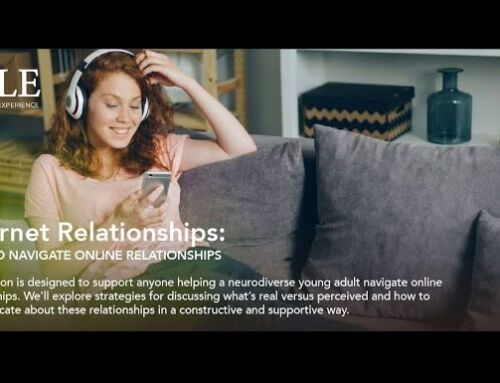By Rebecca Little, Program Assistant CLE Rockville
Many classrooms experience disruptive behaviors in some way, shape, or form. Positive Education and Positive Behavioral Interventions and Supports (PBIS) are two strategies schools can use to manage student behaviors and overall wellbeing.
Positive Education
Positive Education is an educational strategy that teaches traditional academia in combination with character and happiness. The idea of helping learners develop skills to increase resilience, positive emotion and character strength in the school setting is a concept that can potentially change the overall wellbeing of our learners.
Positive Behavioral Interventions and Supports (PBIS)
Another strategy for helping to manage student behaviors and wellbeing is PBIS. This is a multi-tiered approach to social, emotional and behavioral supports for learners. PBIS uses a proactive approach to teach and reinforce appropriate behaviors of learners.
Designing Schoolwide Systems for Student Success

My experience with Positive Education and PBIS as a former preschool teacher has been extremely helpful. I find myself using some of the concepts of these strategies in various parts of my life. I’ve learned to talk to peers and family members in a more positive and productive manner. I’ve found that stating clear expectations to people decreases the gap of confusion. Here is an example, from personal experience while learning these strategies…
Quinn, 5 years old at the time, had a difficult time following direction. He was hyperactive, spoke a mile a minute, and couldn’t sit still. Circle time was difficult. My immediate response to Quinn’s fidgeting would be, “Quinn, stop kicking your feet.” Quinn would stop kicking his feet, but then would start bouncing his knees. My response? “Quinn, stop bouncing your knees.” After several more attempts, I realized I never told Quinn what he should be doing with his feet. I finally pulled Quinn aside and told him my expectations. “Quinn, during circle time it is important to keep your feet in your space. Criss cross, applesauce with your hands in your lap, so you are being safe around your friends. Can you do that?” I could see it in his face that he finally understood.
I’ve applied these strategies ever since.
 These strategies can be helpful tools for our students at CLE. Our mission statement includes the phrase “… providing academic, independent living and social skills support in a supportive and encouraging environment…”. Positive education and PBIS can help to build those skills and foster the supportive and encouraging environment that we provide our students and can make an impact even beyond the academic realm.
These strategies can be helpful tools for our students at CLE. Our mission statement includes the phrase “… providing academic, independent living and social skills support in a supportive and encouraging environment…”. Positive education and PBIS can help to build those skills and foster the supportive and encouraging environment that we provide our students and can make an impact even beyond the academic realm.
For example, while helping a student during his ILS session, I reminded him to wash his dishes. I watched while he simply ran the dishes under water and put them on the counter. It was then that I realized that he wasn’t being oppositional or trying to get away with something – I really needed to explain how to wash the dishes! I broke down the steps for him, telling him to turn on the warm water, wet the sponge, put soap on the sponge, and rub the sponge on the pan – because he honestly hadn’t had the prior experience to know how to do this. Using a PBIS-oriented framework within our sessions not only helps teach our students expected behaviors, it helps us to take a step back and make sure that we are clearly stating those expectations.
For more information on PBIS visit www.pbis.org








